Contents
Characteristics of Squirrels
Compared to primates, squirrels share a striking similarity in their sensitivity to the outside world, their proficiency in manipulating objects, and their social nature. Squirrel families are matrilineal in social structure, living in nests constructed by their grandparents, and greeting each other by rubbing cheeks and lip glands in a manner similar to a human kiss after a long day’s work for food.
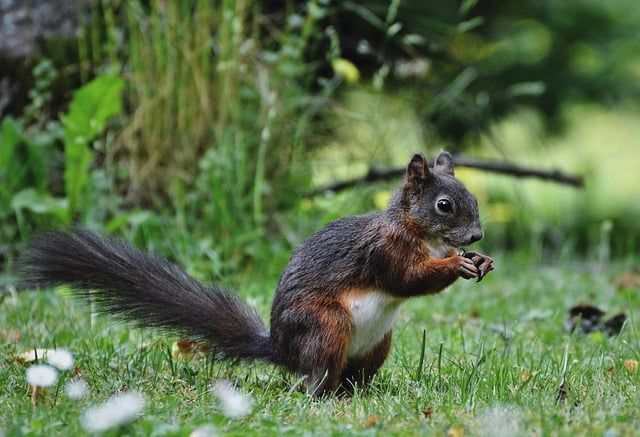
A large part of the squirrel’s mobility lies in its delicately striped tail, which, of all its organs, acts as a thermoregulatory device: allowing warm blood to flow to the body in winter and dissipating residual body heat in summer.

Characteristics of the fox
The fox is actually an animal that does better than harm
Foxes live in forests, hills, grasslands, and semi-desert areas, and they inhabit fox holes either in trees or in earth dens. Foxes usually go out in the evening to forage for food and do not return to their holes until dawn. Foxes mainly hunt mice, rabbits, birds, as well as fish in the water, frogs and crawling lizards, insects and other weak animals, they will also pick some wild fruits to eat. But the fox’s main food is mice, and only by chance will it attack ducks, chickens and other poultry. Therefore, the fox is an animal that does better than harm.
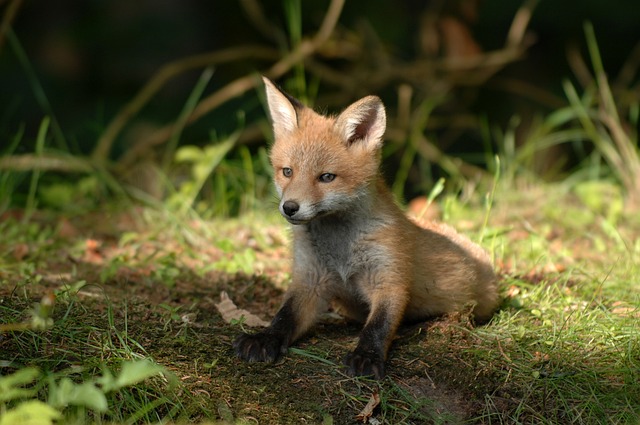
The environment has created the fox
In the Carnivora, the fox is actually considered a relatively small “vulnerable”, not only tigers, leopards, wolves and other large and ferocious animals can easily take their lives, even the raptors and pythons will attack them and cause life-threatening. In addition, foxes only live-in groups with other foxes during the reproductive period, and usually prefer to keep to themselves, which makes them seem even more isolated. Hunters and hounds have long regarded them as an ideal target. Crisis-ridden living environment created the fox suspicious, vigilant character, but also make them practiced a survival skill.
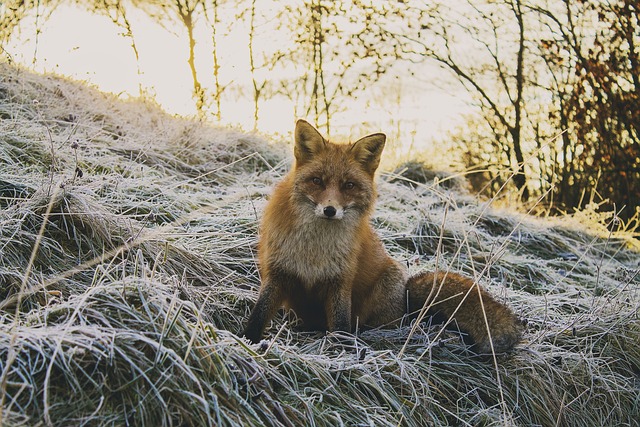
Survival skills
In addition to the natural eyesight outstanding, first-class hearing, keen sense of smell, there are odor glands, the fox is also very careful, scheming, will play dead, will swim. For example, if the fox found the hunter set a trap, will quietly follow the hunter’s back, the hunter left, they will leave in the trap next to the companion can identify the odor, as a warning.
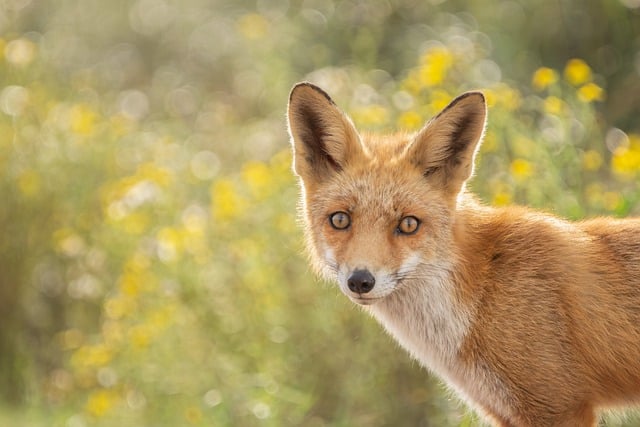
In the encounter with the hunter’s gun, if the fox is not hit, it will stop breathing and pretend to be dead, but also soften the body, like really dead to confuse the hunter, the hunter thought it was killed, it will be placed on the ground, and then go to hunt other prey, the fox will take advantage of the opportunity to escape. Foxes will even design to lure hounds into the water on the surface of thinly frozen rivers in winter. If foxes hunt hedgehogs, they will drag the huddled hedgehog into the water, forcing it to open up.

Of course, the fox also likes to eat the delicious ducks, if it meets the ducks in the river, it will first deliberately throw some dead grass in the water, and when the ducks are used to the dead grass, it will take advantage of the ducks do not pay attention to the time to bring a large handful of dead grass into the water, and it itself dives into the water, waiting for an opportunity to catch the ducks.
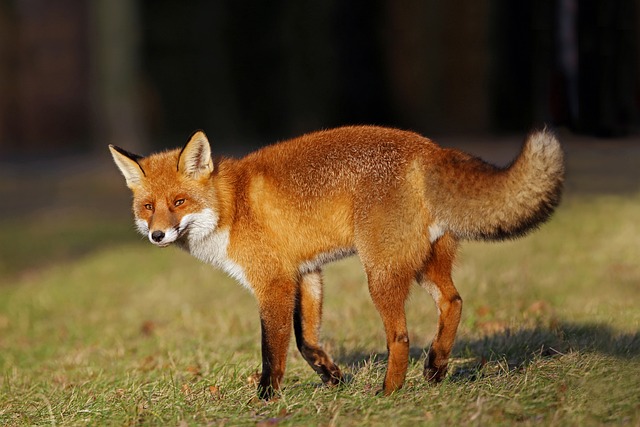
Foxes also imitate the calls of other animals. For example, they imitate the calls of sheep and rabbits. For example, they will imitate the calls of animals such as sheep and rabbits while slowly approaching them. The imitated animals will think they are of the same kind and take no precautions, then they will take the opportunity to suddenly attack them. Foxes will also use their big tail to sweep their footprints, to escape from hunters and other predators, they will also spray their own body fluids on the body of other animals to disrupt the sense of smell of the hounds and so on.

Foxes are cautious
In the possession of a skill at the same time, the fox will be carefully observed, careful action, no matter what is done is careful, and very vigilant and suspicious. For example, before the fox out of the hole, always in the hole listening and watching, to confirm that there is no danger around the situation before they will rest assured that scurry out of the hole. If they find anyone spying on the fox cubs in its den, it will immediately “move” that night to prevent an accident.

Fox-squirrel hybrids: Grey Fox Squirrels
Fox squirrels are biologically categorized as squirrels in the family Squirrelidae, the genus Squirrel, and are a true squirrel.

Over time, the grey fox squirrel has branched out into ten subspecies: the Louisiana grey fox squirrel, the western grey fox squirrel, the Sherman grey fox squirrel, the Delta grey fox squirrel, the Blue Ridge grey fox squirrel, the grey fox squirrel named subspecies, the Big Cypress grey fox squirrel, the Highland grey fox squirrel, the Delmarva grey fox squirrel, and the Texas grey fox squirrel.
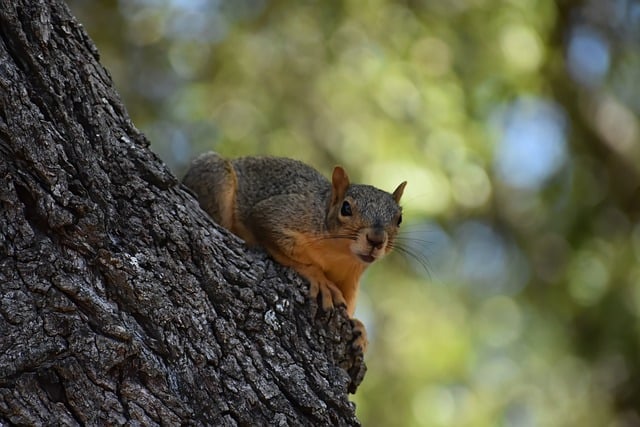
We should also be able to tell from the naming of these grey fox squirrel subspecies which continent they are all primarily found on. In fact, besides the fact that most grey fox squirrels are found in North America, the United States of America in particular is the home of the grey fox squirrel. From Alabama to California, from Colorado to Florida, as well as Michigan, Minnesota, Mississippi, etc., most of the territory of the United States of America is populated by grey fox squirrels.

Compared to the common squirrel, the grey fox squirrel is considerably larger, with a body length of about seventy centimeters if the tail is included, a tail that can exceed thirty centimeters in length, and a weight of about four pounds.

Grey fox squirrels are very average in looks and size, and neither males nor females can tell as much as a difference in appearance as well as physique. However, there is some variation in the color of the grey fox squirrel’s fur depending on the area of distribution. Some grey fox squirrels are brownish gray, others are tan, and still others will have black markings. Also depending on the season, the color of the grey fox squirrel’s fur can change somewhat.
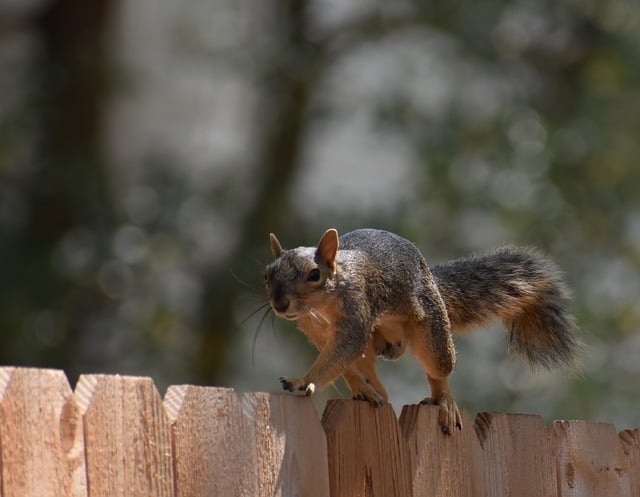
Unlike ordinary squirrels, grey fox squirrels are capable of fighting, because of their size. Grey fox squirrels also have well-developed muscles, in their size standard, belong to the existence of the stronger.

In addition, grey fox squirrels also have sharp claws, of course, their claws are not mainly to attack other animals, but to better climb in the tree.

In terms of diet grey fox squirrels are also somewhat different from the average squirrel, they do prefer a vegetarian diet, such as a variety of nuts, berries, fruits, and plant shoots or various fungi. But there are times when the grey fox squirrel will also open meat, they do not have the ability to hunt and kill large prey, but eat some insects, ants’ eggs or touch a bird’s egg or what can be. After all, they are huge, and eating a little meat helps keep them in shape.